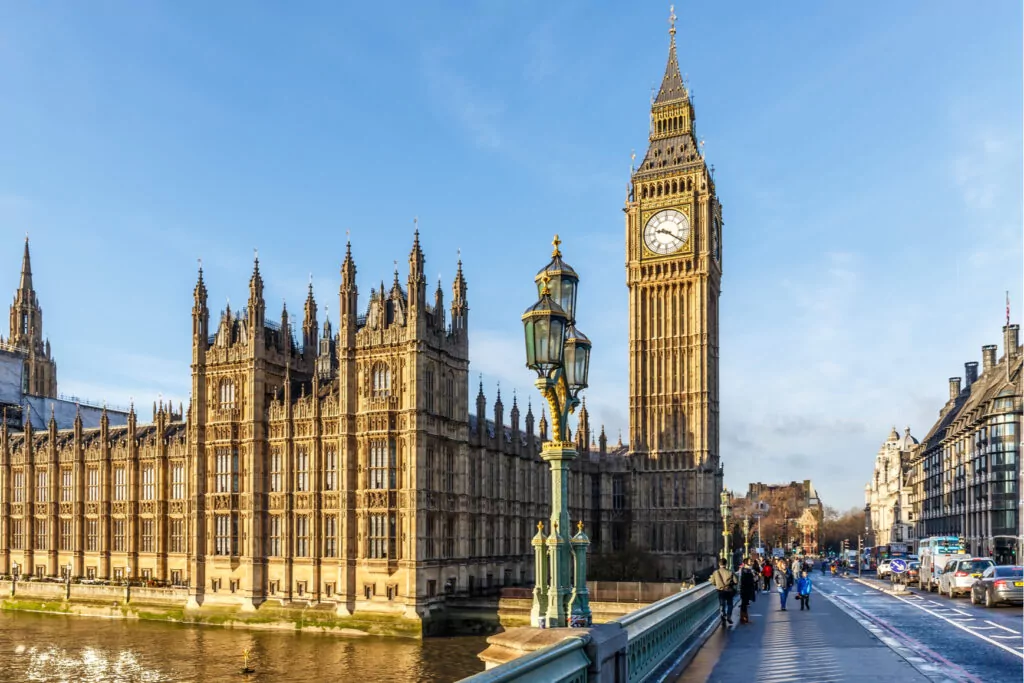What are the consequences if the new rules are breached?
The Office of Communications (Ofcom) will likely have the authority to impose fines of up to £18 million or 10% of annual global revenue to those in breach of the Bill. Further, businesses may be forced to publish details of any enforcement notices they receive for breaching safety duties, which presents the risk of reputational damage.
The Bill also creates new offences, such as:
- The false communications offence, aimed at protecting individuals from any communications where the sender intended to cause harm by sending something knowingly false.
- The threatening communications offence, to capture communications which convey a threat of serious harm, such as grievous bodily harm or rape.
- Flashing offence, aimed at stopping epilepsy trolling.
- Criminalising assisting or encouraging self-harm online.
Ofcom will also:
- Be able to compel companies to change their behaviour, by taking measures to improve compliance, including to use proactive technologies to identify illegal content and ensure children aren’t encountering harmful material.
- Help companies to comply with the new laws by publishing codes of practice, setting out the steps companies should take to comply with their new duties. Companies will either need to follow these steps or show that their approach is equally effective. It is likely that Companies will be encouraged to collaborate with Ofcom to ensure compliance, both following a breach and on a more proactive basis.
















